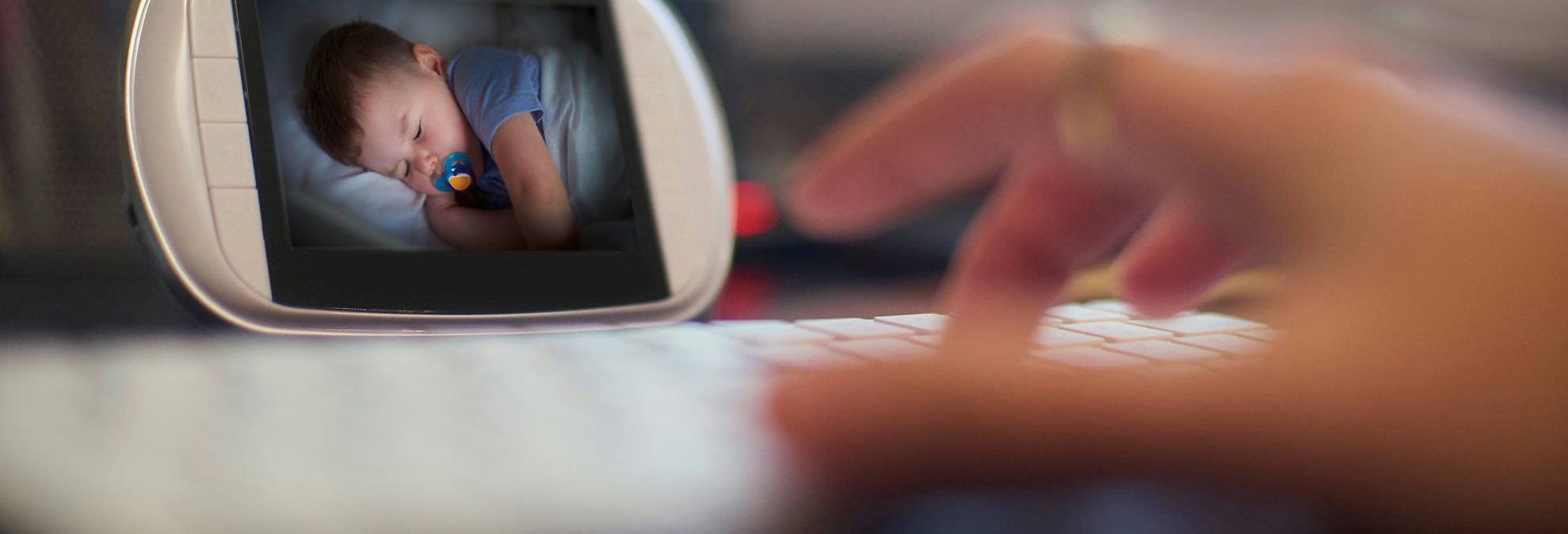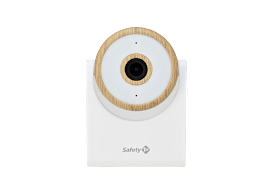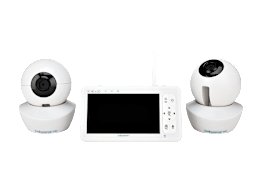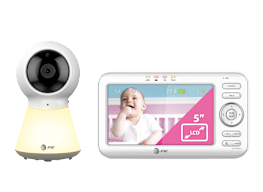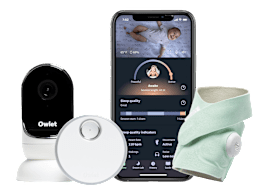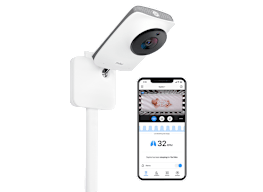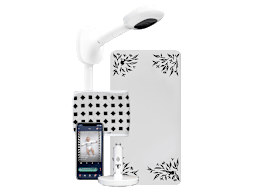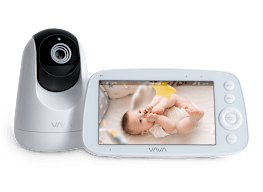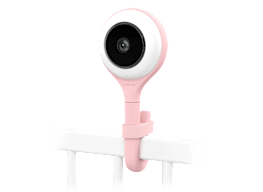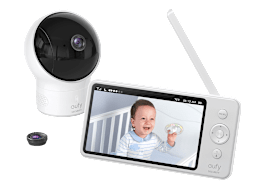HD screen resolution: Most models have color cameras (and screens, for the nonsmartphone models). Resolution ranges from a grainy 320p to a high-definition 1080p, but our testers find that even the low-res models are adequate to see what your child is doing.
Two-way talk: Most baby monitors feature two-way communication that allows you to not only hear a baby’s noises but also talk back in a way that might reassure the youngster. Some models can even play a lullaby.
Multiple cameras: Most baby monitor manufacturers will sell you additional cameras that can feed the same display, which can be useful if you have more than one small child.
Temperature sensors: While most modern baby monitors report on the temperature in the child’s room, some also add a humidity reading, which might be useful, say, if you’re running a humidifier or a vaporizer in a sick child’s room.
Volume control: This is a feature you’ll use a lot, so check to make sure it’s easy to access. Our testers note that a physical control is much easier to use than a menu that you access by clicking through multiple screens.
Sound and lights: Many receivers have lights that turn on when your baby makes a sound. When a child cries more loudly, the warning lights get brighter. This is helpful if you’ve placed the receiver in a noisy room or if you’ve turned the volume down to take a phone call.
Night vision: Many audio/video monitors have a night vision feature, using an infrared setting on the camera so that you can see your baby on the monitor in a dark room (albeit in black and white).
Out-of-range indicator: This feature lets you know that you’ve reached the monitor’s range limit, which can vary according to your home’s size, construction materials, and other factors.
















